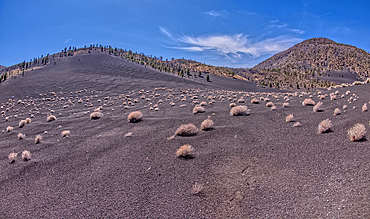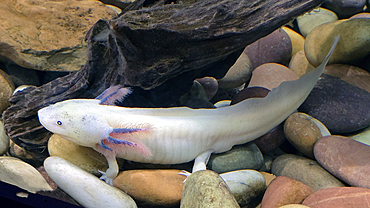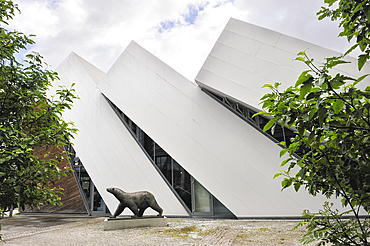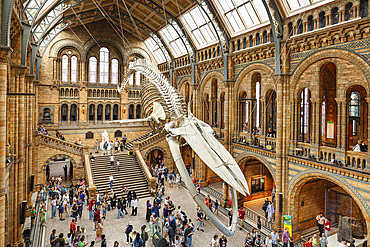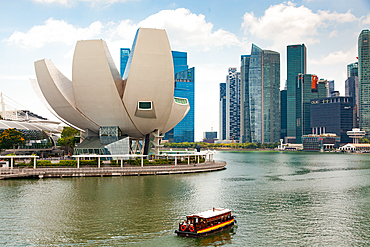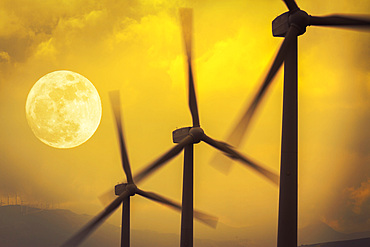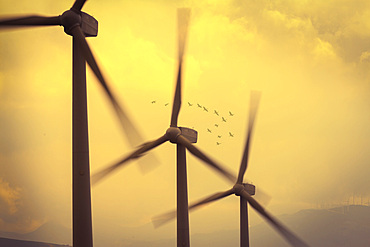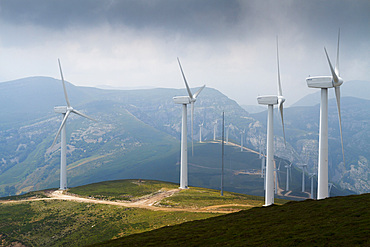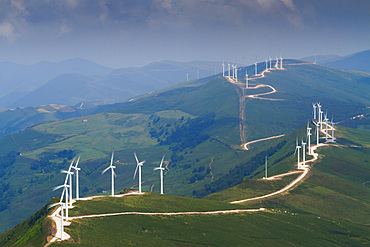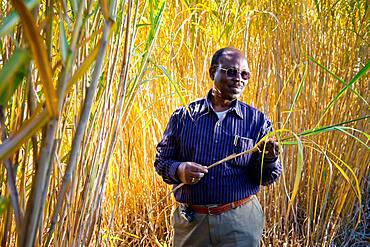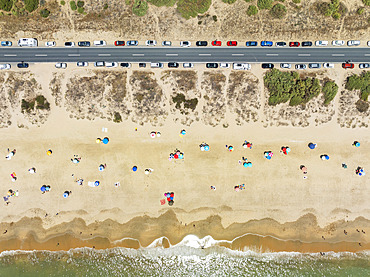Results
22 results found

Close-up of a honeybee pollinating a white flower on a green spiky plant, with a blurred natural background, United Kingdom, Europe
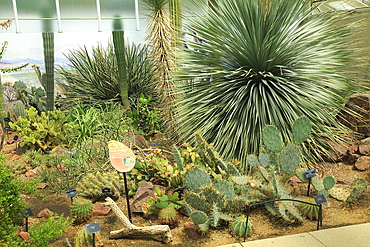
Desert plants inside the Princess of Wales conservatory Royal Botanic Gardens, UNESCO World Heritage Site, Kew, London, England, United Kingdom, Europe

Desert plants inside the Princess of Wales conservatory Royal Botanic Gardens, UNESCO World Heritage Site, Kew, London, England, United Kingdom, Europe

A tiny cleaner shrimp removes parasites from a Black-finned snake eel (Ophichthus cephalozona) on a sandy seafloor in Indonesia. This tropical region, within the Coral Triangle, is home to an incredible variety of marine life.
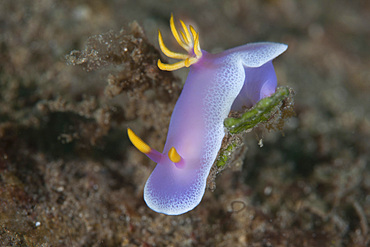
A beautiful nudibranch (Hypselodoris bullockii) crawls slowly across a reef in Indonesia. This tropical region, within the Coral Triangle, is home to an incredible variety of marine life.
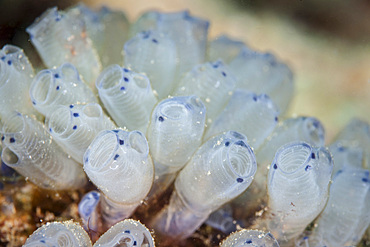
A beautiful set of tiny tunicates grows on a reef in Indonesia.This tropical region, within the Coral Triangle, is home to an incredible variety of marine life.
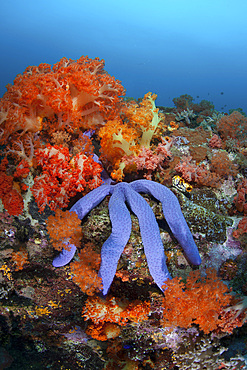
A beautiful starfish (Linckia laevigata) lays on a thriving reef in Indonesia. This tropical region, within the Coral Triangle, is home to an incredible variety of marine life.
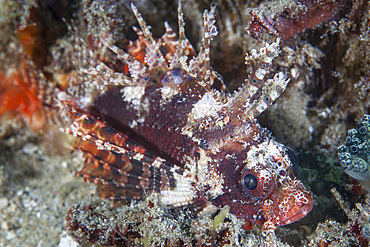
A shortfin lionfish (Dendrochirus brachypterus) lays on the seafloor waiting for prey to swim near in Indonesia. This tropical region, within the Coral Triangle, is home to an incredible variety of marine life.
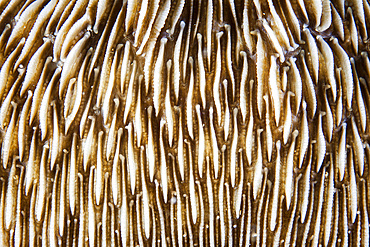
Abstract of a mushroom coral (Fungia sp.) growing on a reef in Indonesia. This tropical region, within the Coral Triangle, is home to an incredible variety of marine life.
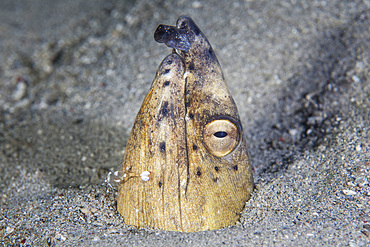
A Black-finned snake eel (Ophichthus cephalozona) pokes its head out of a sandy seafloor in Indonesia. This tropical region, within the Coral Triangle, is home to an incredible variety of marine life.
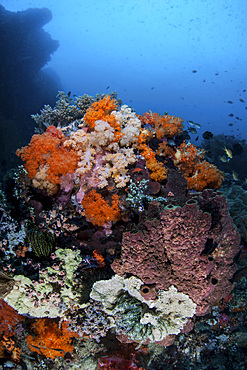
Soft corals, sponges, and other invertebrates compete for space on a beautiful reef in Indonesia. This tropical region, within the Coral Triangle, is home to an incredible variety of marine life.
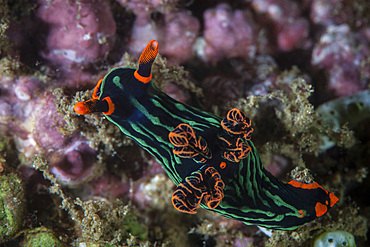
A colorful nudibranch (Nembrotha kubaryana) crawls slowly across a reef near the island of Sulawesi, Indonesia. This beautiful, tropical region is home to an incredible variety of marine life.
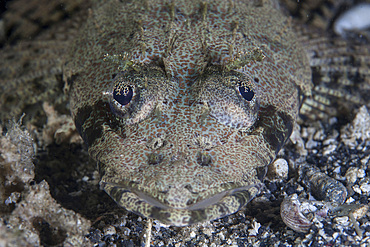
A camouflaged horned flathead (Thysanophrys carbunculus) lays hidden on a sandy slope near the island of Sulawesi, Indonesia. This beautiful, tropical region is home to an incredible variety of marine life.
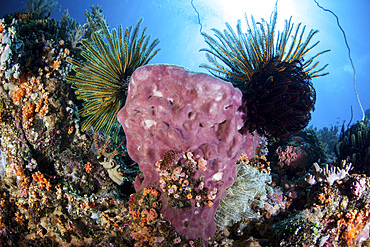
Crinoids cling to a large sponge on a healthy coral reef near the island of Sulawesi, Indonesia. This beautiful, tropical region is home to an incredible variety of marine life.
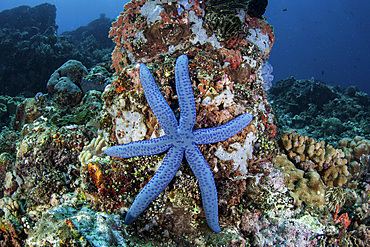
An unusual sea star (Linckia laevigata) clings to a diverse reef near the island of Bangka, Indonesia. This beautiful, tropical region is home to an incredible variety of marine life.

A massive school of bigeye trevally (Caranx sexfasciatus) swims in deep water near Cocos Island, Costa Rica. This remote island is home to an incredible variety of marine life.
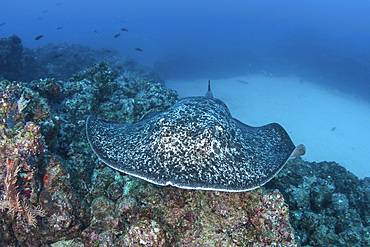
A large black-blotched stingray (Taeniura meyeni) swims in deep water near Cocos Island, Costa Rica. This remote island is home to an incredible variety of marine life.

An argonaut (Genus Argonauta), a group of pelagic octopuses. Baja California, Sea of Cortez, Mexico, North America
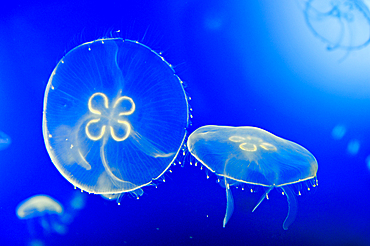
Moon jellyfish (Aurelia aurita), Aquarium of San Sebastian, Bay of Biscay, province of Gipuzkoa, Basque Country, Spain, Europe
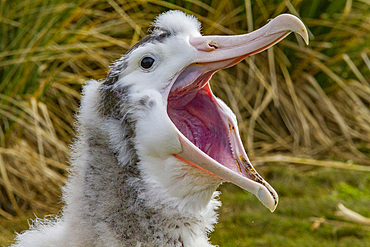
Wandering albatross (Diomedea exulans) chick at breeding colony on Prion Island, Bay of Isles, South Georgia
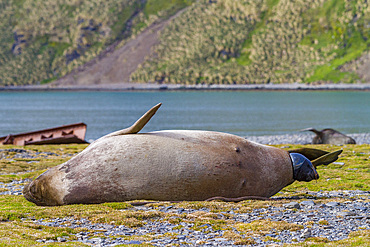
Pregnant female southern elephant seal (Mirounga leonina) giving birth on the beach in Stromness Bay, South Georgia Island
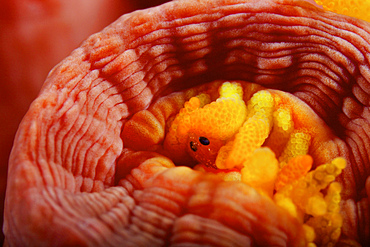
1 cm yellow tube polyp captured at 4.5x life size with what appears to be a small macroscopic Isopod feeding on it, Bonaire, Caribbean Netherlands.

Skyline of Singapore Marina Bay at night with Marina Bay Sands and Art Science museum reflecting in a pond after rain, Singapore
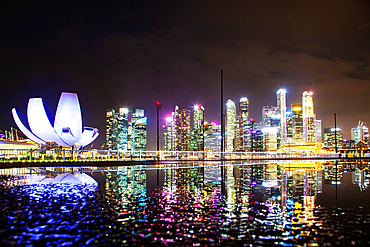
Skyline of Singapore Marina Bay at night, downtown core skyscrapers and the Art Science museum, Singapore

Skyline of Singapore Marina Bay at night with Marina Bay Sands, Art Science museum and tourist boats, Singapore
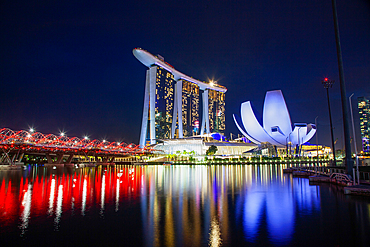
Skyline of Singapore Marina Bay at night with Marina Bay Sands and Art Science museum reflecting in a pond after rain, Singapore

Skyline of Singapore Marina Bay at night with Marina Bay Sands and Art Science museum reflecting in a pond after rain, Singapore
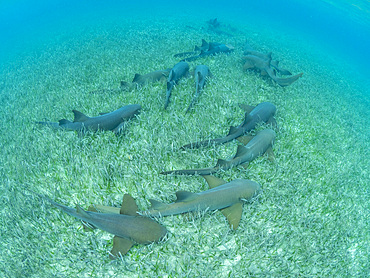
Nurse sharks (Ginglymostoma cirratum), massing in Hol Chan Marine Preserve, inside the Mesoamerican Barrier Reef, Belize
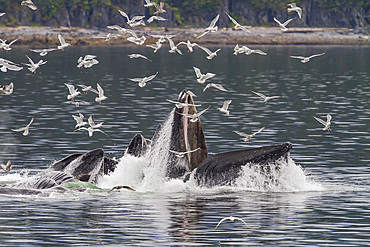
Adult humpback whales (Megaptera novaeangliae) co-operatively bubble-net feeding in Southeast Alaska, United States of America
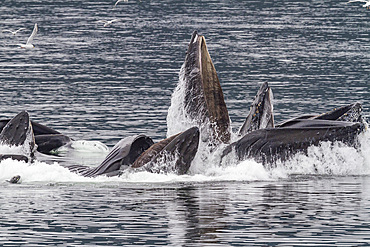
Adult humpback whales (Megaptera novaeangliae) co-operatively bubble-net feeding in Southeast Alaska, United States of America
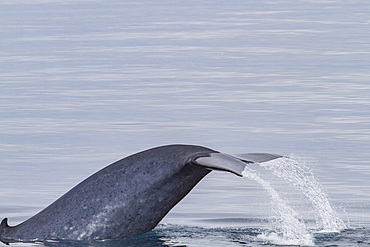
A rare sighting of an adult blue whale (Balaenoptera musculus) sub-surface feeding in the Svalbard Archipelago, Norway
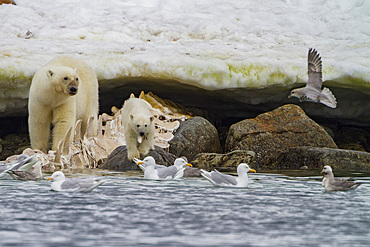
A mother polar bear (Ursus maritimus), and cub of the year feeding on a fin whale carcass in Holmabukta in the Svalbard Archipelago, Norway
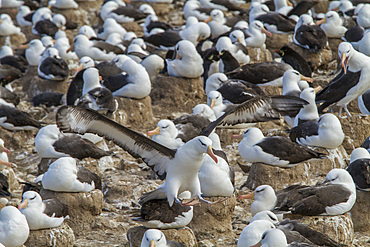
Black-browed albatross (Thalassarche melanophrys) breeding colony on Steeple Jason Island in the Falkland Islands
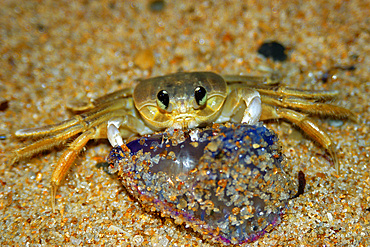
Crab preying on dead portuguese man-of-war, Physalia physalis, Praia do Forte, Bahia, Brazil (South Atlantic)

Science and Technology Museum, high voltage bowl, dome, science museum, exhibition, research, Century Square, Science Park

Science and Technology Museum, high voltage bowl, dome, science museum, exhibition, research, Century Square, Science Park
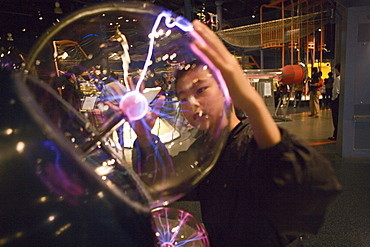
Science and Technology Museum, high voltage bowl, dome, science museum, exhibition, research, Century Square, Science Park
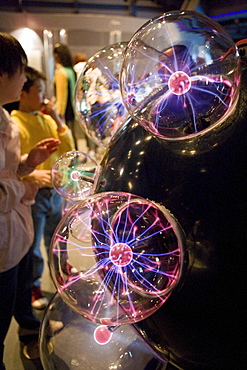
Science and Technology Museum, high voltage bowl, dome, science museum, exhibition, research, Century Square, Science Park

Science and Technology Museum, high voltage bowl, dome, science museum, exhibition, research, Century Square, Science Park
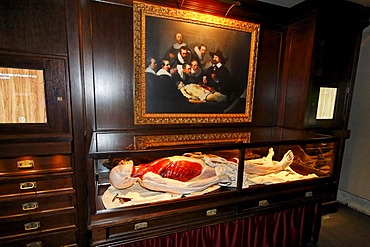
Anatomical model of a human body lying in a showcase, exhibit at German Roentgen Museum, Remscheid-Lennep, NRW, Germany
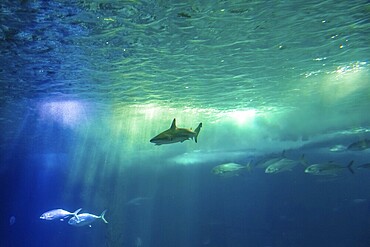
Undersea scene background. A shark and tropical fishes in deep blue water. Undersea marine life. Copy space

A young woman reaching up to admire an orchid growing in an indoor glasshouse in a botanical garden in New York City, West Kill, New York, USA
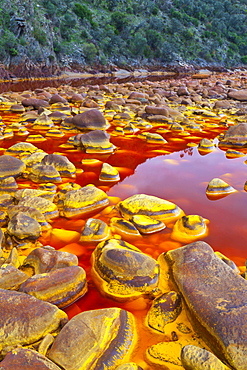
Rio Tinto red river reddish hue due to iron copper and sulfur dissolved in the water habitat with extreme conditions for life forms Andalusia

Rio Tinto red river reddish hue due to iron copper and sulfur dissolved in the water habitat with extreme conditions for life forms Andalusia
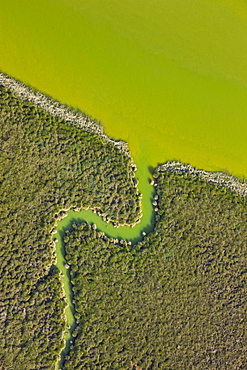
aerial view Rio Tinto red river reddish hue due to iron copper and sulfur dissolved in the water habitat with extreme conditions for life forms Andalusia
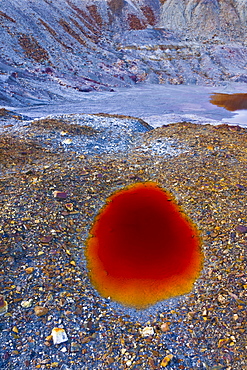
Rio Tinto red river reddish hue due to iron copper and sulfur dissolved in the water habitat with extreme conditions for life forms Andalusia
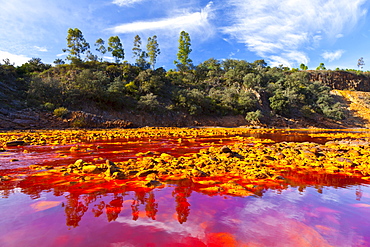
Rio Tinto red river reddish hue due to iron copper and sulfur dissolved in the water habitat with extreme conditions for life forms Andalusia
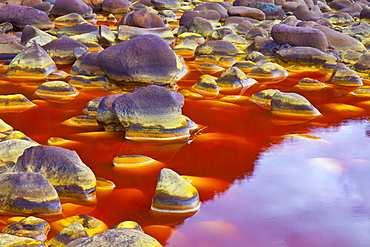
Rio Tinto red river reddish hue due to iron copper and sulfur dissolved in the water habitat with extreme conditions for life forms Andalusia
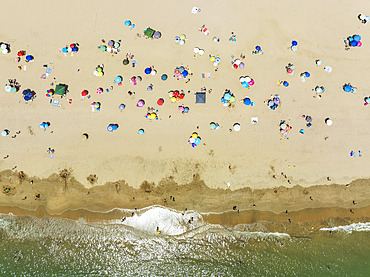
Beach life at the Atlantic Ocean near Punta Umbria. Aerial view. Drone shot. Huelva province, Andalusia, Spain.
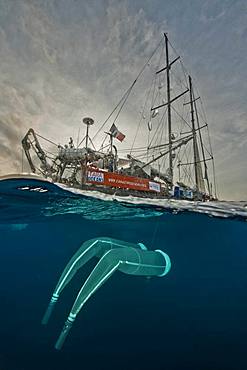
Tara Oceans Expeditions - May 2011. Tara with deployed plancton nets. On "station", the boat is drifting without engine or sails. Tara Oceans, a unique expedition: Tara Oceans is the very first attempt to make a global study of marine plankton, a form of sea life that includes organisms as small as viruses and bacterias, and as big as medusas. Our goal is to better understand planktonic ecosystems by exploring the countless species, learning about interactions among them and with their environment. Marine plankton is the only ecosystem that is almost continuous over the surface of the Earth. Studying plankton is like taking the pulse of our planet. Recently, scientists have discovered the great importance of plankton for the climate: populations of plankton are affected very rapidly by variations in climate. But in turn they can influence the climate by modifying the absorption of carbon. In a context of rapid physico-chemical changes, for example the acidification observed today in the world's oceans, it is urgent to understand and predict the evolution of these particular ecosystems. Finally, plankton is an astonishing way of going back in time ? a prime source of fossils. Over the eons, plankton has created several hundred meters of sediment on the ocean floors. This allows us to go back in time, to the first oceans on Earth, and better understand the history of our biosphere. More than 12 fields of research are involved in the project, which will bring together an international team of oceanographers, ecologists, biologists, geneticists, and physicists from prestigious laboratories headed by Eric Karsenti of the European Molecular Biology Laboratory. Galapagos

